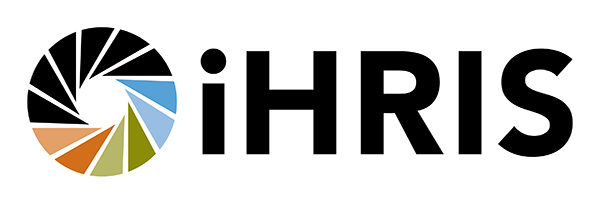What's Next for iHRIS? Health Workforce Planning Software
All of us on the iHRIS development team have been pleased with the response we've received to our first two offerings in Open Source human resource information systems: iHRIS Manage and iHRIS Qualify. Each system strives to fill a gap in the data collection and storage toolkit for human resource for health (HRH) workers. iHRIS Manage stores data on all health workers employed by a Ministry of Health or other organization, enabling the HR department to manage data about their employees. iHRIS Qualify stores data about health workers in a country for a nursing council, medical board or other licensing entity, enabling all health workers' qualifications to practice to be tracked.
But what do you do with all this data? Ideally, the data are used to plan for future HRH needs and make policy decisions regarding the health workforce.
This year, we are focusing on developing a new component of the suite: iHRIS Plan. Unlike the other two systems, iHRIS Plan is not an HR information system. Rather, it is workforce modeling software that will enable planners and policy makers to use data from iHRIS Manage, iHRIS Qualify or other sources to model what their health workforce looks like now and what will be needed in the future. The software will also enable planners to try out various interventions and see what effects they will have on the health workforce.
To get started, we are bringing together representatives from USAID, the World Bank, the World Health Organization, the Africa Health Workforce Observatory, the Asia-Pacific Action Alliance in Human Resources for Health and other global organizations working in this area for a two-day workshop next month. Participants will look at existing models for health workforce planning and make recommendations for the HRH data inputs, outputs and algorithms that are optimal for HRH projections in limited-resource settings. These recommendations will form the foundation for the specifications and enable us to start development on software that has already achieved international consensus as the best model for health workforce planning. We will also form an advisory committee from workshop participants who will guide us through development of version 1.0 of iHRIS Plan, slated to be released in the summer of 2008.
Of course, since we will be posting all documentation on our website and the Open Source code on our hosting site, anyone is invited to join in the conversation, provide feedback and help us make the next offering in the iHRIS suite as good as it can be.
